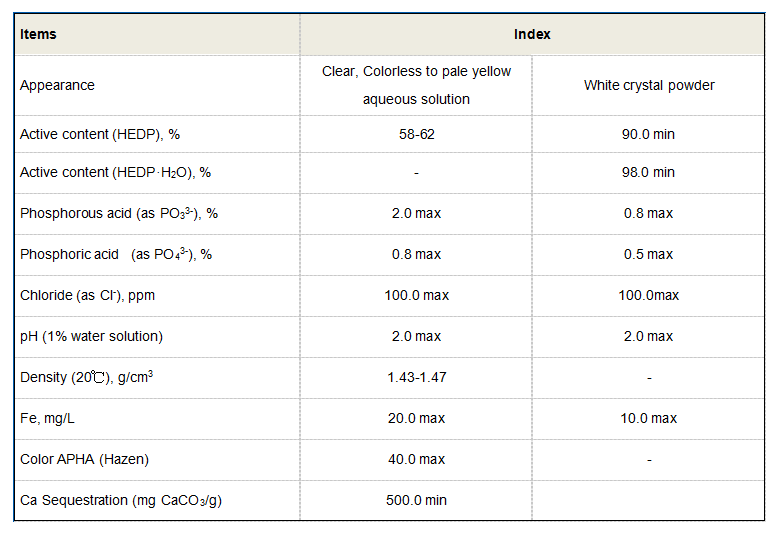polycarboxylic acid examples
Examples of Polycarboxylic Acids and Their Applications
Polycarboxylic acids are organic compounds that contain more than one carboxyl group (-COOH) in their molecular structure. These acids play a significant role in various chemical reactions and have wide-ranging applications in different industries. Understanding their properties and examples can offer insights into their importance in both industrial and everyday contexts.
One of the most commonly recognized polycarboxylic acids is citric acid. Found naturally in citrus fruits, citric acid contains three carboxyl groups, making it a tricarboxylic acid. Due to its sour flavor, it is widely used in the food and beverage industry as a natural preservative and flavoring agent. Beyond its culinary uses, citric acid is also employed in pharmaceuticals and cosmetics, where it acts as a pH adjuster and as a chelating agent to bind metal ions.
Examples of Polycarboxylic Acids and Their Applications
Tartaric acid, with two carboxyl groups, is another key polycarboxylic acid often associated with winemaking. It occurs naturally in grapes and is responsible for the distinct tart flavor in wine. Tartaric acid is used in food as a stabilizing agent for cream of tartar, which prevents sugar crystallization in baked goods. Moreover, its properties make it valuable in the production of certain pharmaceuticals, where it acts as a shaping and stabilizing agent.
polycarboxylic acid examples

Moving on to succinic acid, a four-carbon dicarboxylic acid, it can be found in various plants and is a by-product of the fermentation process. Succinic acid is gaining attention due to its potential in the production of biodegradable plastics and as a platform chemical for synthesizing a variety of products, including solvents, resins, and plasticizers. The versatility of succinic acid highlights the growing emphasis on sustainability and eco-friendly materials in modern chemistry.
Fumaric acid is another dicarboxylic acid that should be mentioned, particularly due to its role in various industrial processes. Often used in the manufacturing of resins, polyesters, and as an acidulant in food preparation, fumaric acid is integral to producing materials that require improved hardness and durability. Its use extends to healthcare as well, where it is a key ingredient in some medications and dietary supplements.
Lastly, glutaric acid, a five-carbon dicarboxylic acid, is predominantly utilized in the production of polymers and plastics. Its derivatives are employed in the synthesis of surfactants and other chemical compounds. In the field of biochemistry, glutaric acid is essential for synthesizing certain amino acids and plays a role in metabolic processes.
In conclusion, polycarboxylic acids are vital agrochemical compounds with diverse applications across various sectors. From food preservation to pharmaceuticals, their significance cannot be overstated. As industries continue to innovate and seek sustainable solutions, the versatility of polycarboxylic acids will likely see their applications expand even further, showcasing their importance in both modern science and everyday life. Understanding these compounds opens the door to new possibilities in research and industry, paving the way for more sustainable practices and products.
-
2 Phosphonobutane 1,2,4 Tricarboxylic Acid (PBTCA): Superior Scale & Corrosion InhibitorNewsAug.31,2025
-
Dodecyldimethylbenzylammonium Chloride: High-Purity DisinfectantNewsAug.30,2025
-
2-Phosphonobutane-1,2,4-Tricarboxylic Acid: Scale & CorrosionNewsAug.29,2025
-
Premium Isothiazolinones | Broad-Spectrum Biocidal SolutionsNewsAug.28,2025
-
LK-319 Special Scale And Corrosion Inhibitor For Steel Plants: Advanced Solutions for Industrial Water SystemsNewsAug.22,2025
-
Flocculant Water Treatment: Essential Chemical Solutions for Purification ProcessesNewsAug.22,2025





